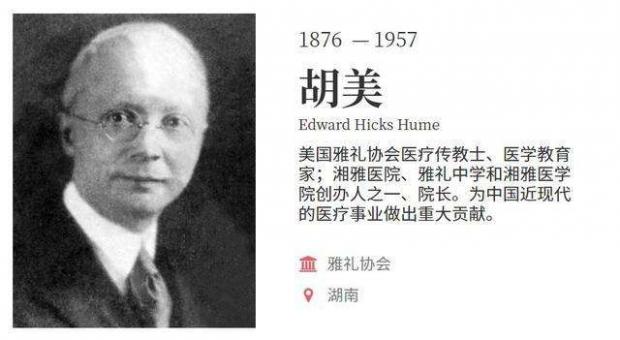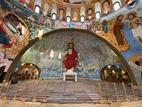Now is the decisive moment of the current epidemic. Peking Union Medical College Hospital in the north, Xiangya Hospital in the south, Qilu Hospital in the east and West China Hospital in the west, considered as China's four elite medical institutions, have come to support the epicenter Wuhan. Netizens in China are very excited. Some say this is the first cooperation of the four hospitals the in last 100 years.
This article focuses on Xiangya Hospital. Located in Changsha, a historical city in China, the hospital was founded by Yale Mission (of Yale University of the United States) in China in 1906. It was first named Yale Hospital and is one of the earliest hospitals of western medicine in China.
In 1914, Yuqun Xuehui, an educational society in Hunan and Yale Mission in China jointly established Hsiangya Medical College (present day Xiangya Medical College), and Yale Hospital was renamed Hsiangya Hospital. After more than 100 years of development, Xiangya Hospital has become a large national-level general hospital with functions of medical treatment, education, scientific research, prevention, health, and rehabilitation.
When talking about the history of Xiangya Hospital, its founder cannot be omitted. He was a medical missionary from America more than a hundred years ago, who could speak Hunan dialect. His name is Edward Hicks Hume. He came to China to establish Yale Hospital, which was a great contribution to the medical cause of Modern China. Edward Hicks Hume was born in India on May 13, 1876. His family had been engaged in missionary work since his grandfather.
Edward was so passionate about overseas missions since he was a boy that he hoped to inherit his elders' career. In 1897, Edward Hume graduated from Yale University. He then entered the Johns Hopkins University School of Medicine for further studies, and obtained a doctor of medicine in 1901. After finishing his studies, Edward Hume went to India to work for three years. He was engaged in plague prevention in India, which promoted the development of medical care. He was then sent to China by the Yale Mission in 1906. The Yale Mission in China was founded by students of Yale University in 1901 to spread the gospel and promote the development of China's education and medical industry. After he came to Changsha, the capital city of Hunan Province, Edward diligently studied Chinese and Changsha dialect, learned about the customs and behaviors of Hunan people, and gave himself a Chinese name, Humei (which sounds similar to his family name), in order to better integrate into the local culture.
In 1906, he founded Yali Hospital (former Xiangya Hospital) at a hotel in Xipailou Street, Changsha, and served as its president. In 1913, Edward Hume started to make arrangements for Hsiangya Medical College with Yan Fuqing, a church staff member. Hsiangya Medical College was officially established and recruited students nationwide in 1914. And Edward Hume served as its dean.
In 1915, Yali Hospital changed its name to Hsiangya Hospital and Yale Nursery School changed its name to Hsiangya Nursery School. Thus, the Xiangya system of medical school, hospital and nursery school was finally formed and continued to this day. In order to seek greater development, the Hunan Provincial Government and the Yale Mission in China purchased land in Changsha as new addresses for schools and hospitals. After several years of construction, Hsiangya Hospital and Hsiangya Nursery School moved to the new site in Mayuanling in 1918 and 1920, respectively. These were the most beautiful hospital buildings in China at the time. Until now, it is still the most complete, largest and most distinctive modern hospital building in China, and has been listed as a key cultural relics protection unit in Hunan. Edward Hume served as the president of Hsiangya Medical College in 1923. During his time in the college, the school's teaching adhered to the teaching method of Union Medical College, using five-year courses and English teaching. Its courses included pre-medical courses, and related courses such as biology, physics, chemistry, and clinical science.
Hsiangya Medical College developed tremendously and the teaching level kept increasing with the hard work of Edward. Because of Hsiangya Medical College's phase-out system, there were only 10 people left when they graduated in 1921. These 10 people became first-class modern medical experts in China, including Chang Hsiao-Chien, a master of Chinese medicine, and Tang Feifan, a world-renowned microbiologist. The college became a first-class medical school in China, and at the time enjoyed the reputation of "Southern Hsiangya, Northern Union". In 1926, Hume returned to America and served as the director and executive vice-president of New York Post-Graduate Medical School and Hospital.
He was back in to China to conduct an investigation of medical equipment from 1934 to 1937, and then went to India for a similar investigation in 1938. He joined the Christian Medical Council for Overseas Work, and served as the secretary. In 1957, Dr. Hume, who devoted his life to overseas missionary and medical careers, passed away.
-Translated by Lin Changfeng












